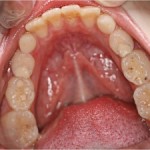
In this blog we take a look at the latest clinical practice guideline from the American Dental Association on restorative treatments for primary and permanent teeth with moderate and advanced caries.
[read the full story...]
In this blog we take a look at the latest clinical practice guideline from the American Dental Association on restorative treatments for primary and permanent teeth with moderate and advanced caries.
[read the full story...]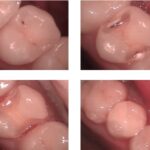
This review of different direct restorative materials for treating cavitated caries lesions on anterior and posterior primary and permanent teeth included 38 RCTs. None of the included studies was at low risk of bias and the findings suggest that the effectiveness of each included direct restorative material varied across outcomes. There was also limited evidence to support clinically important differences between the direct restorative materials assessed.
[read the full story...]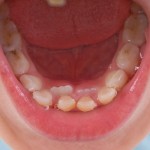
This review comparing compare the success rate of five tooth-coloured materials for class II restorations in primary molars included 10 RCTs. No differences in failure rates were seen for composite resin,resin-modified glass ionomer cement or compomers although all included studies were at high risk of bias.
[read the full story...]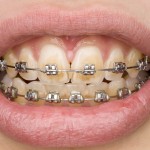
3 small trials were identified for this Cochrane review of adhesives for fixed orthodontic brackets
[read the full story...]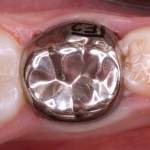
This review of the longevity of posterior restoration in primary teeth included 31 studies. composite resin had the lowest annual failure rate while stainless steel crowns had the highest success rate. The studies all have a high risk of bias so the findings should be interpreted cautiously.
[read the full story...]
Five RCTs were included in this Cochrane review comparing crowns with fillings for the management of caries in primary molars. Moderate evidence found crowns reduced the risk of major failure or pain in the long term compared to fillings
[read the full story...]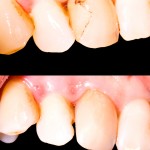
This review of direct anterior restorative materials included 21 studies and covered a wide range of materials and adhesive systems. Overall the failure rates were low for both class III and class IV restorations.
[read the full story...]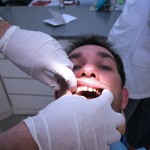
Non-carious cervical lesions (NCCLs) are saucer or wedge-shaped defects that appear along the cementum-enamel junction as a result of gradual loss of dental tissues in the absence of caries. Their aetiology has not been fully clarified. NCCLs are restored using adhesive materials glass-ionomers and their resin-modified version, poly-acid modified composites (known as ‘compomers’), composite and [read the full story…]
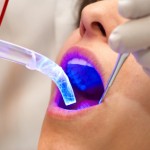
Fissure sealants are a recommended procedure for the prevention of occlusal caries in permanent molars. The aim of this review was to assess the clinical retention of pit and fissure sealants in relation to observation time and material type. The authors searched the Embase, Medline and CENTRAL (Cochrane Central Register of Controlled Trials) databases for [read the full story…]